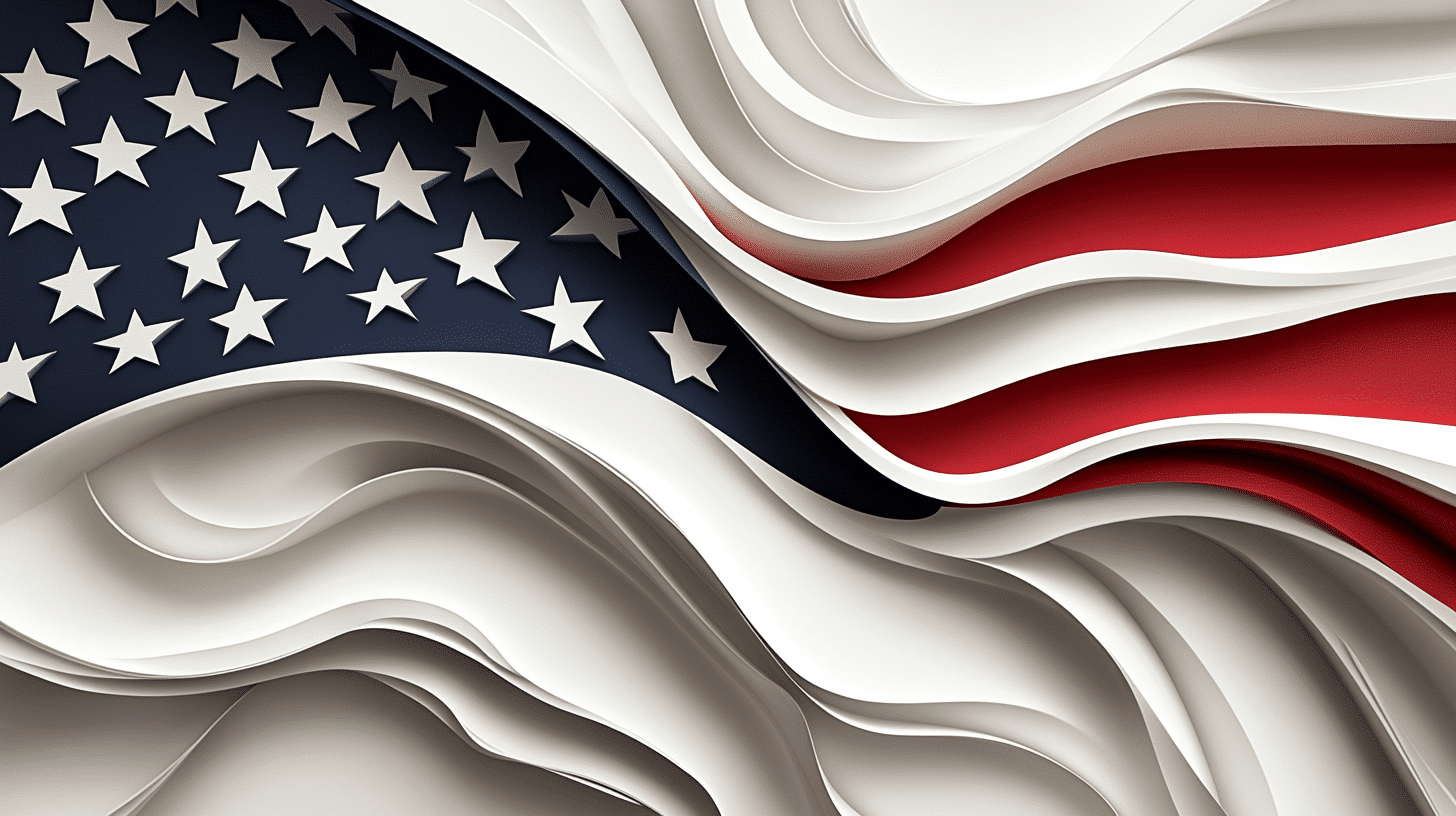What is Unthanksgiving Day?
Unthanksgiving Day, also known as the National Day of Mourning, is observed annually on the fourth Thursday of November, coinciding with the United States’ Thanksgiving holiday. This day serves as a time for reflection and remembrance, honoring the resilience of Indigenous peoples and acknowledging the historical and ongoing impacts of colonization. Unthanksgiving Day encourages a reexamination of the traditional Thanksgiving narrative, focusing instead on the perspectives and struggles of Native American communities.
History and Origin
Unthanksgiving Day has its roots in two significant events that highlight Indigenous resistance and resilience:
- The National Day of Mourning was first observed in 1970 in Plymouth, Massachusetts, when the United American Indians of New England (UAINE) gathered to honor Native ancestors and reflect on the suffering caused by colonization. The event was initiated after Wamsutta Frank James, a Wampanoag leader, was disinvited from giving a speech at a Thanksgiving celebration because his prepared remarks highlighted the injustices faced by Native Americans. In response, UAINE organized a gathering on Cole’s Hill, overlooking Plymouth Rock, to mark a day of mourning instead of celebration.
- Unthanksgiving Day, also known as the Indigenous Peoples Sunrise Ceremony, began on Alcatraz Island in San Francisco Bay to commemorate the 1969–1971 occupation of Alcatraz by Native American activists. The occupation was a pivotal moment in the Native American civil rights movement, asserting the rights of Indigenous peoples and drawing attention to their struggles. The sunrise ceremony has since become an annual tradition, symbolizing resistance, unity, and cultural pride.
Who Observes Unthanksgiving Day?
- Indigenous Communities: Native American tribes and organizations observe the day to honor their ancestors and assert their cultural identity.
- Activists and Advocates: Human rights groups and activists use the day to highlight ongoing issues affecting Indigenous peoples, such as land rights and cultural preservation.
- Educators and Students: Many schools and universities incorporate lessons and discussions about Indigenous history and perspectives.
- Historians and Scholars: Those studying colonialism and Indigenous resistance reflect on the broader historical context of the day.
- Global Supporters: People around the world, including those in countries with colonial histories, observe the day in solidarity with Indigenous communities.
Themes and Slogans
The primary theme of Unthanksgiving Day is “Honoring Resilience, Acknowledging Truth,” emphasizing the importance of recognizing historical injustices while celebrating Indigenous strength and survival. Another recurring theme, “Truth Over Tradition,” calls for challenging conventional narratives around Thanksgiving. A popular slogan, “Mourning, Not Celebration,” captures the spirit of the day.
These themes highlight the day’s focus on historical accuracy, justice, and cultural recognition.
Colors, Symbols, and Patterns
Colors
- Red: Representing strength, resilience, and the blood of ancestors, red is often associated with Indigenous ceremonies.
- Black: Symbolizing mourning and reflection, black is a reminder of the loss endured by Native peoples.
- Earth Tones: Brown and green represent the connection to land and nature central to Indigenous cultures.
Symbols
- Sacred Fire: Used in many Indigenous ceremonies, fire symbolizes remembrance, strength, and spiritual connection.
- Feathers: A symbol of honor and cultural pride, feathers are commonly used in ceremonies and regalia.
- Sunrise: Representing hope and renewal, the sunrise is a central element of the Indigenous Peoples Sunrise Ceremony.
Patterns
- Tribal Designs: Geometric patterns and motifs from various Indigenous cultures reflect identity and heritage.
- Nature-Inspired Patterns: Designs incorporating elements like leaves, rivers, and animals emphasize the deep connection between Indigenous peoples and the natural world.
- Circles: Representing unity, wholeness, and the cyclical nature of life, circles are a recurring motif in Indigenous art and traditions.
Most Used Hashtags
- #UnthanksgivingDay
- #NationalDayOfMourning
- #IndigenousResilience
- #TruthOverTradition
- #HonorNativeVoices
How to Observe Unthanksgiving Day
There are many meaningful ways to honor Unthanksgiving Day and the National Day of Mourning:
- Attend an Event: Join a National Day of Mourning gathering in Plymouth, Massachusetts, or participate in the Indigenous Peoples Sunrise Ceremony on Alcatraz Island. Many events are also livestreamed for virtual participation.
- Educate Yourself: Read books, watch documentaries, and listen to stories that center Indigenous perspectives on history and current issues. Recommended works include “An Indigenous Peoples’ History of the United States” by Roxanne Dunbar-Ortiz.
- Engage in Advocacy: Support organizations working to preserve Indigenous rights, cultures, and lands. Donations and volunteer efforts can make a significant impact.
- Share on Social Media: Use the day’s hashtags to amplify Indigenous voices, share educational resources, and spread awareness about the significance of Unthanksgiving Day.
- Reflect and Discuss: Take time to reflect on the historical context of Thanksgiving and discuss its impact with friends, family, or community groups.
Why is Unthanksgiving Day Important?
Unthanksgiving Day is important because it provides a counter-narrative to the traditional Thanksgiving story, highlighting the experiences and resilience of Indigenous peoples. It challenges historical myths and encourages a deeper understanding of the impacts of colonization, fostering dialogue and reflection.
The day also celebrates the cultural pride and ongoing resistance of Indigenous communities, reminding the world of their vital contributions to history, culture, and the environment. By observing Unthanksgiving Day, individuals honor the past while committing to a more equitable and inclusive future.
Features
- Culture and Heritage
